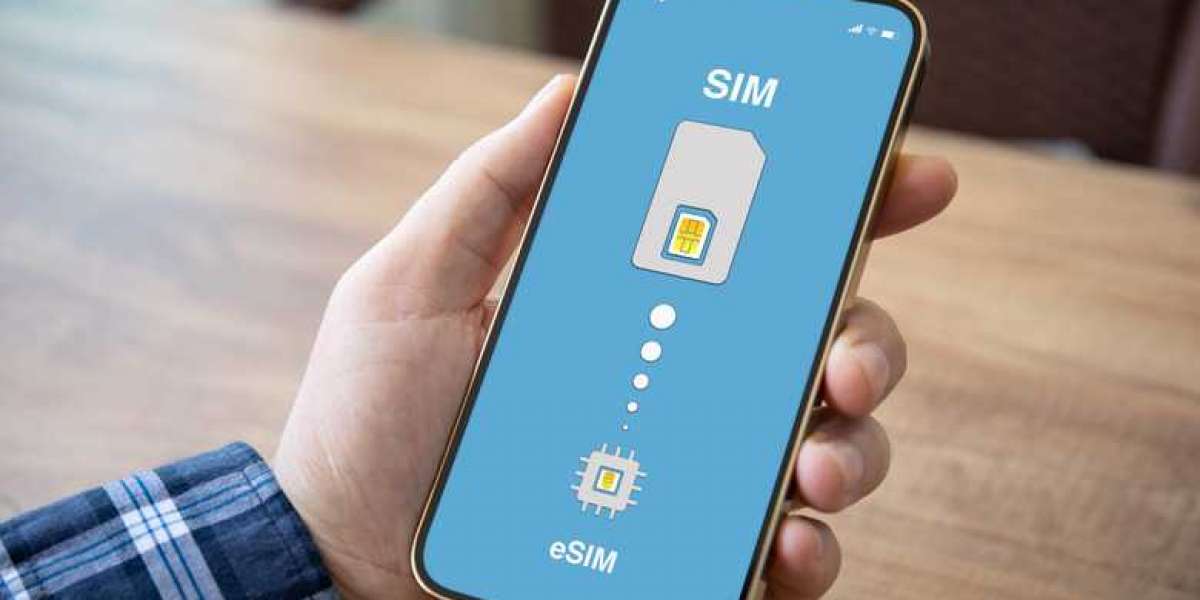As with all technology, eSIMs can be hacked. It’s unlikely for an unsophisticated thief to be able to alter your eSIM profile, but it isn’t impossible.
Hackers use a number of methods to steal data and access information from users, including SIM swapping scams. GSMA has implemented several security features to protect against these threats. Below you will get all the latest eSIM Security and Privacy insights.
Encryption
eSIMs use built-in encryption to protect data from unauthorized access or tampering. This means that attackers would have to hack into a device, decrypt the SIM code, and read the information inside before they could use it for their own purposes.
However, a thief could still take over the victim’s phone number from their cellular provider by contacting them and asking them to replace the original SIM with one under their control. The thief could then access messages and services including Multi-Factor Authentication, accounts, and payments.
To combat this, a new profile on an eSIM requires verification from the operator. This means that a thief cannot just download a new profile on the device and move it to a different network without first being verified by an operator.
Multi-factor authentication
Multi-factor authentication (MFA) is a security measure that adds an extra layer of protection to an account. It requires more than one means of verification to log in, such as something the user knows, something they have (such as a mobile phone or an authenticator app), and/or something they are (like a fingerprint, face, or retina).
MFA is important because hackers can use stolen passwords to take over accounts and access personal information. By requiring more than one factor of verification, eSIMs can help prevent these types of attacks.
Authentication on an eSIM is accomplished by cryptography, which makes the SIM hard to hack. The key to this security is an HSM, or Hardware Security Module, which secures encryption keys for a device’s identity and other data. HSMs are used to protect eSIMs against cyberattacks and ensure compliance with the GSMA’s standards. They are also used to secure IoT devices, such as smartwatches, IoT cameras, and other connected products.
Remote data wipe
Whether it’s your mobile phone or home security system, hackers are constantly trying to break into everything they can get their hands on. This includes your eSIM.
Thankfully, eSIMs have a number of security measures to keep them protected from phishing attacks. They also have to meet certain compliance requirements and pass rigorous checks by regulators before they can hit the market.
One such security measure is remote data wipe, which allows an administrator to remotely delete a device’s profile from the eSIM. This ensures that a stolen or lost device won’t end up in the wrong hands.
Companies with a lot of remote work will want to make sure that their devices have this capability. It’s essential to protect the privacy of employees while still allowing them to work on the go. Besides remote data wipe, other security measures include encryption and multi-factor authentication. These help reduce the risk of data breaches, which are costly for enterprises.
Physical security
An eSIM is an embedded subscriber identity module that replaces traditional SIM cards. It is a secure chip that is built into networked devices and provides multiple security features to protect users.
These benefits include a reduced attack surface due to the fact that the eSIM cannot be removed from a device and transferred to another, and a stronger level of security since it is encrypted. In addition, eSIM technology can prevent unauthorized use of a device by remotely deactivating its profile and tracking it.
Although eSIMs are more secure than traditional SIM cards, they do have some vulnerabilities that hackers can exploit. This is why it’s important for users to follow best practices, such as choosing a trusted mobile network operator and keeping eSIM software up-to-date. Also, users should report suspicious activity to their network provider. They can also use a Hardware Security Module (HSM) to store their eSIM profiles securely.







